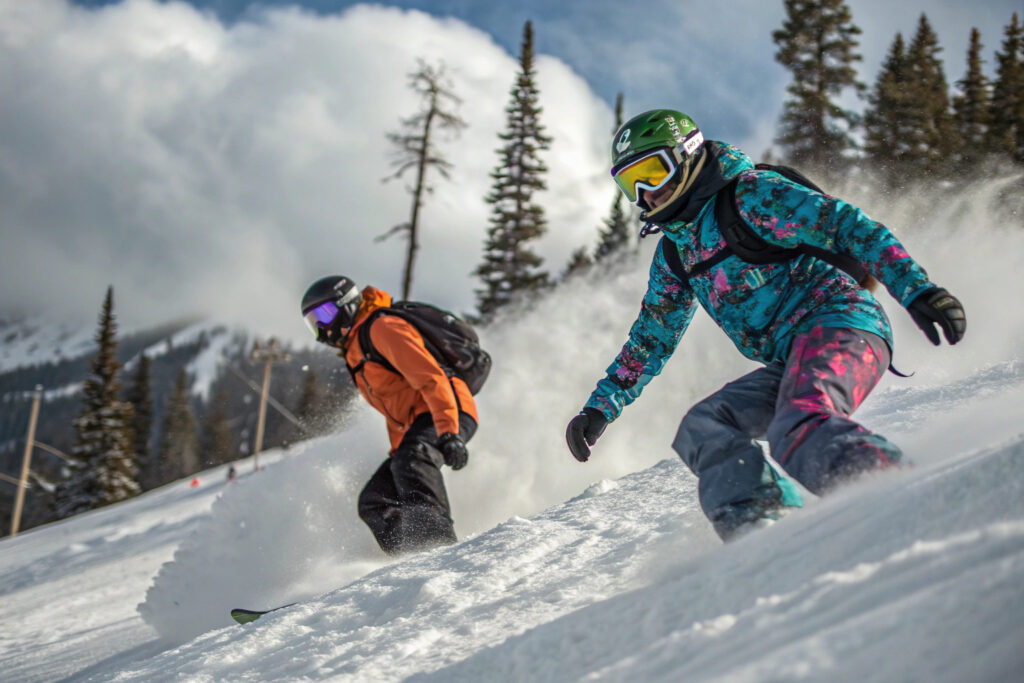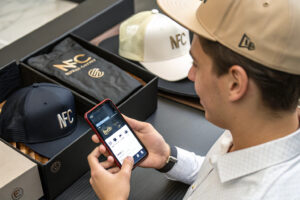Designing custom balaclavas for snow sports requires balancing technical performance with comfort and safety. Many recreational and professional athletes struggle with balaclavas that fail in extreme conditions—either fogging goggles, restricting breathing, or lacking sufficient thermal protection. These issues can ruin the snow sports experience and even create safety hazards in harsh weather conditions.
The most effective custom balaclavas integrate specialized fabrics, strategic ventilation, ergonomic patterning, and goggle-compatible designs. Successful customization addresses the unique demands of different snow sports while accommodating individual athlete preferences and requirements.
Let's explore the key design considerations and technical features that separate professional-grade snow sports balaclavas from basic winter accessories.
What Technical Features Define High-Performance Balaclavas?
High-performance snow sports balaclavas must excel in thermal regulation, moisture management, and compatibility with other safety gear. The difference between adequate and exceptional becomes apparent during long days in variable mountain conditions.
Professional-grade balaclavas feature multi-zone fabric construction, strategic ventilation systems, seamless face contact areas, and goggle-friendly nose bridges. These elements work together to maintain comfort and performance across changing weather and activity levels.
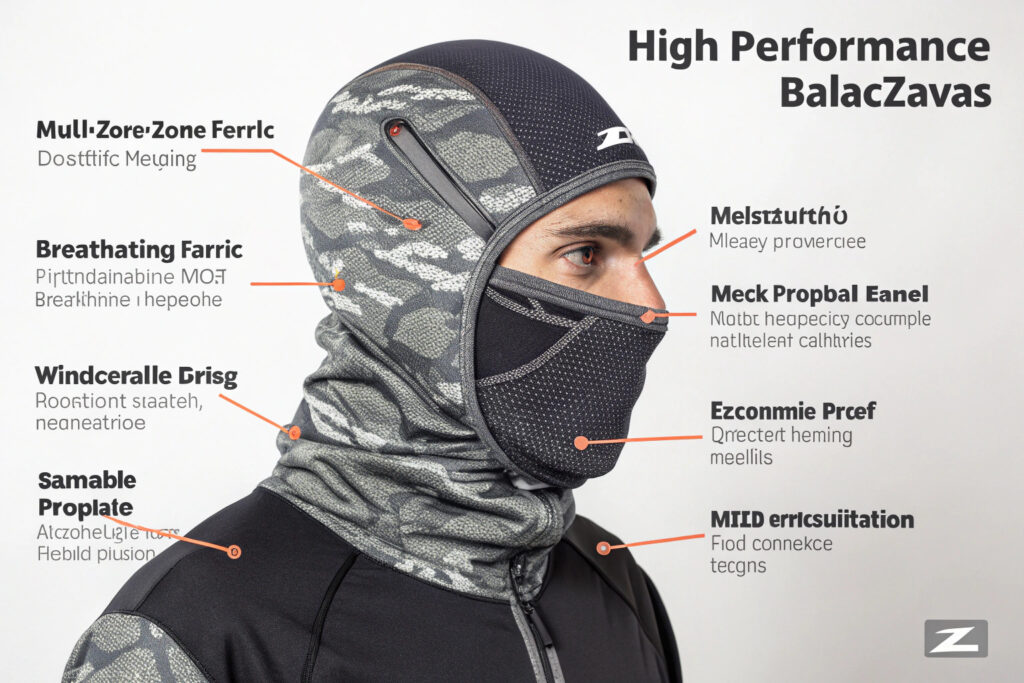
How Does Multi-Zone Fabric Construction Enhance Performance?
Multi-zone fabric construction allows different areas of the balaclava to perform specific functions, optimizing overall performance. This targeted approach places the right materials where they're needed most for breathability, warmth, or moisture management.
We design our custom balaclavas with at least three distinct zones. The mouth area uses highly breathable moisture-wicking fabrics with anti-microbial treatment to manage condensation. The forehead and neck sections employ thermal-retentive materials like Polartec Power Stretch for consistent warmth. Critical wind-facing areas incorporate windproof yet breathable membranes. This zoned approach prevents the common problem of overheating in some areas while remaining cold in others, maintaining consistent comfort throughout use.
What Ventilation Systems Prevent Goggle Fogging?
Strategic ventilation is crucial for preventing goggle fogging, one of the most common complaints about snow sports balaclavas. Proper airflow management directs moist exhaled air away from goggles while maintaining thermal protection.
Our balaclavas incorporate several anti-fogging features. The nose bridge area features a molded 3D structure that creates an air channel directing breath downward. Strategic mesh panels placed above the brow line allow heat escape without compromising warmth. Some designs include a breathable membrane technology that lets vapor out while blocking wind. These systems work together to maintain clear vision—a critical safety factor in snow sports where visibility can change rapidly.
How to Customize Balaclavas for Different Snow Sports?
Different snow sports impose unique demands on balaclava design. What works for resort skiing may fail during backcountry touring or snowmobiling. Understanding these sport-specific requirements is essential for effective customization.
Customization should address ventilation needs, coverage requirements, helmet compatibility, and activity-specific features that enhance the experience for each sport.
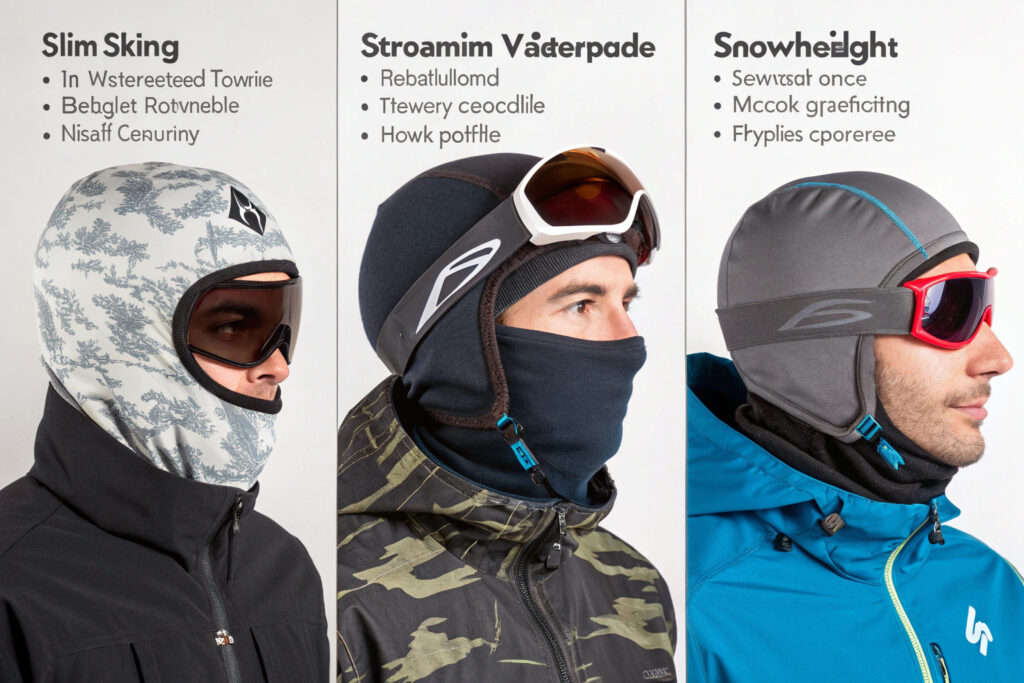
What Design Differences Matter for Alpine vs Backcountry?
Alpine skiing and backcountry touring represent two extremes of snow sports activity levels, requiring fundamentally different balaclava approaches. The intensity and duration of exertion dictate distinct design priorities.
| Sport Type | Primary Needs | Design Features | Material Selection |
|---|---|---|---|
| Alpine Skiing | Wind protection, moderate breathability | Full coverage, insulated panels | Windproof membranes, medium-weight fleece |
| Backcountry Touring | Maximum breathability, lightweight | Strategic mesh panels, minimal bulk | Gridded fleece, moisture-wicking synthetics |
| Freestyle/Snowboard | Style, helmet integration | Slim profile, custom graphics | Stretch blends, print-friendly fabrics |
| Snowmobiling | Extreme wind protection, heavy insulation | Double-layer construction, sealed seams | Heavy fleece, windproof laminates |
Our customization process begins by identifying the primary activity, then selecting the appropriate pattern, materials, and features that match the expected exertion level and environmental exposure.
How Does Helmet Compatibility Influence Design?
Helmet compatibility significantly impacts balaclava design, affecting everything from fabric thickness to seam placement and overall patterning. A poorly integrated balaclava can compromise both helmet fit and thermal performance.
We design our balaclavas with specific helmet types in mind. For ski helmets with integrated audio systems, we create precise cutouts that maintain speaker contact while preventing cold spots. Snowboard helmets often require slimmer profiles to avoid bulkiness. Our helmet integration testing ensures that seams don't create pressure points and that the balaclava doesn't interfere with proper helmet positioning. This attention to integration details ensures athletes receive full protection from both their helmet and balaclava without compromise.
What Materials Work Best for Extreme Cold Conditions?
Material selection determines how well a balaclava performs in extreme cold, high winds, and wet conditions. The right fabrics maintain warmth without accumulating moisture or restricting movement.
The most effective materials for snow sports balaclavas combine thermal efficiency, moisture management, wind resistance, and stretch recovery. Understanding these properties helps select the optimal fabric for specific conditions.
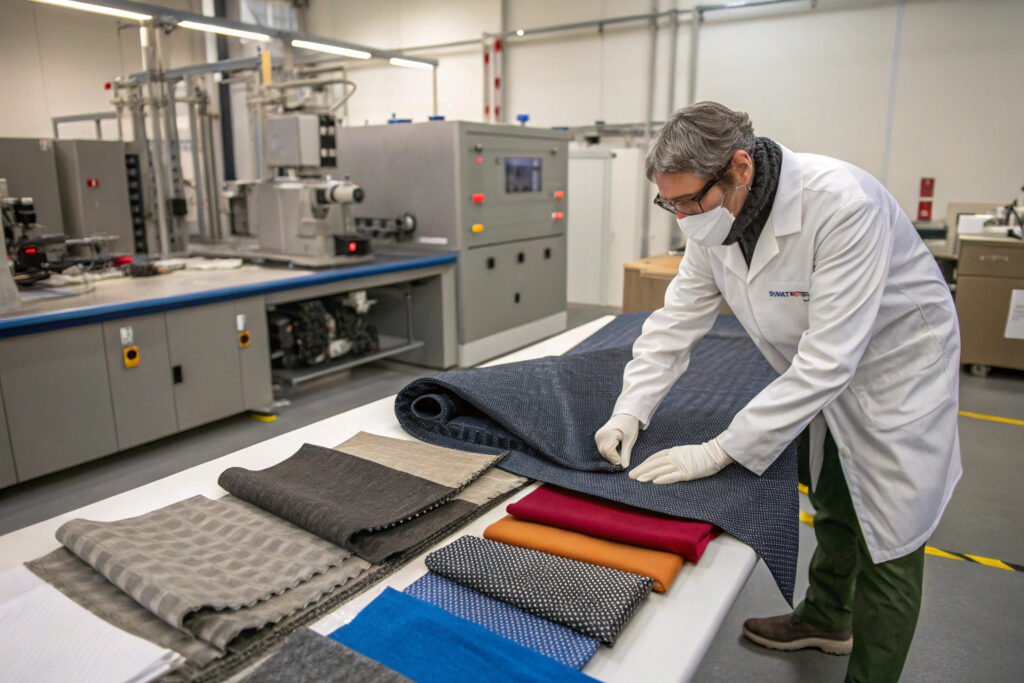
Why Are Synthetic Blends Preferred Over Natural Fibers?
Synthetic blends dominate high-performance snow sports balaclavas due to their superior moisture management, faster drying times, and consistent performance in wet conditions. While natural fibers like merino wool offer benefits, synthetics excel in high-exertion scenarios.
Our primary materials include Polartec Power Dry for base layers, which wicks moisture 30% faster than natural fibers. For insulation, we use Primaloft Gold which maintains warmth even when damp. The synthetic approach allows us to engineer specific performance characteristics that natural fibers can't consistently provide across production runs. This reliability is crucial for athletes depending on their gear in challenging conditions.
How Do Windproof Membranes Affect Breathability?
Windproof membranes create a critical trade-off between protection and breathability. Understanding this balance helps determine where and how to incorporate these technologies for optimal performance.
We strategically place windproof membranes only in areas most exposed to wind, typically the front panel from nose to chin. These areas use laminated fabric technology that blocks wind while maintaining reasonable breathability. The remainder of the balaclava uses highly breathable materials to prevent overall moisture buildup. This targeted approach provides wind protection where needed most without sacrificing the overall ventilation necessary during high-exertion activities.
How to Incorporate Custom Branding and Safety Features?
Custom balaclavas offer excellent opportunities for brand visibility and safety enhancement. However, these elements must integrate seamlessly without compromising performance or comfort.
Successful customization balances aesthetic appeal with functional benefits, using branding opportunities to enhance rather than detract from the balaclava's primary purpose.

What Printing Methods Work on Technical Fabrics?
Printing on technical balaclava fabrics requires methods that don't compromise breathability, stretch, or moisture-wicking properties. Different printing techniques suit various design requirements and fabric types.
We offer multiple customization methods depending on the design complexity and fabric characteristics. Sublimation printing works excellently on polyester blends, creating vibrant designs that become part of the fabric without affecting performance. For simpler logos, we use laser-cut appliqué that creates clean edges without stitch perforations that could compromise wind protection. Each method undergoes testing to ensure it maintains the fabric's technical properties while delivering the desired visual impact.
How Can Reflective Elements Enhance Safety?
Reflective elements significantly improve visibility during low-light conditions, an important safety consideration for snow sports enthusiasts who may be caught out after dark or in white-out conditions.
We integrate reflective details strategically to maximize visibility without creating discomfort. Thin reflective trims placed on the upper back and sides catch light from various angles. Some custom designs incorporate photoluminescent prints that store light energy during the day and glow softly as darkness falls. These safety features are particularly valuable for backcountry users, ski patrollers, and anyone who might find themselves navigating in reduced visibility conditions.
Conclusion
Designing custom balaclavas for snow sports requires a thorough understanding of technical fabrics, sport-specific requirements, and the environmental challenges of mountain conditions. The most successful designs balance warmth with breathability, integrate seamlessly with other safety gear, and incorporate custom elements without compromising performance.
By focusing on multi-zone construction, strategic ventilation, appropriate material selection, and thoughtful customization, manufacturers can create balaclavas that genuinely enhance the snow sports experience while providing reliable protection in extreme conditions.
Ready to develop custom balaclavas that meet the demanding requirements of snow sports athletes? Contact our Business Director Elaine today to discuss your specific design needs. Her email is elaine@fumaoclothing.com. Let's create high-performance balaclavas that combine technical excellence with custom branding opportunities.
